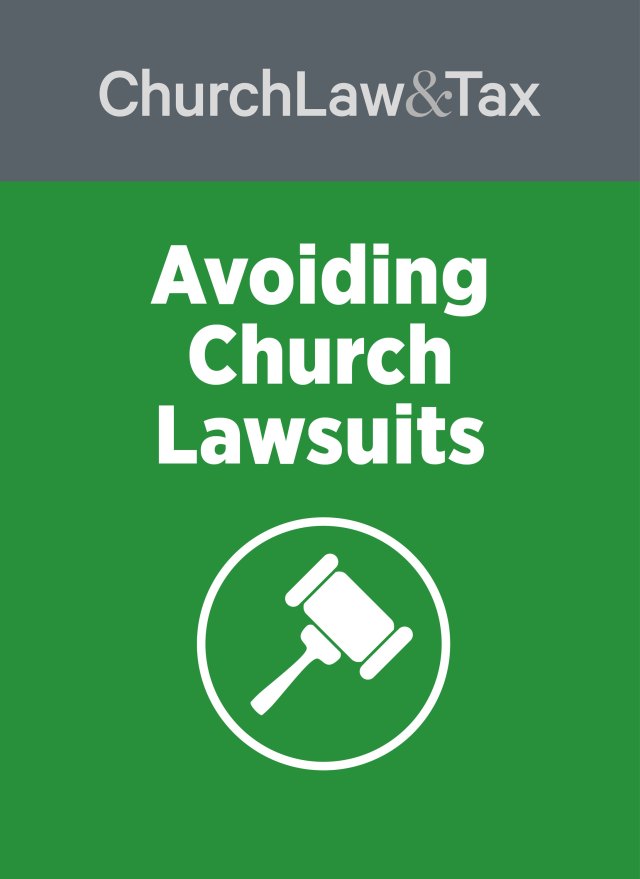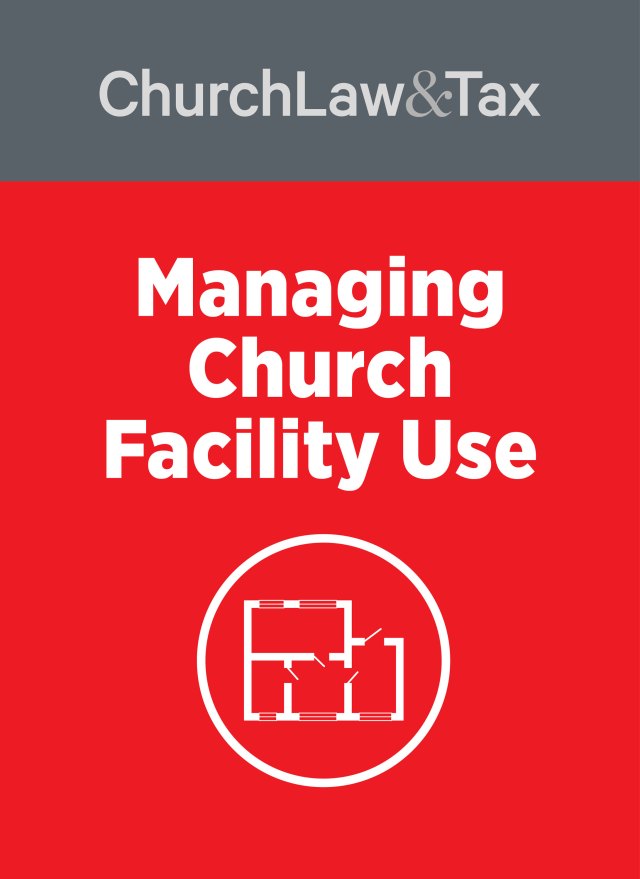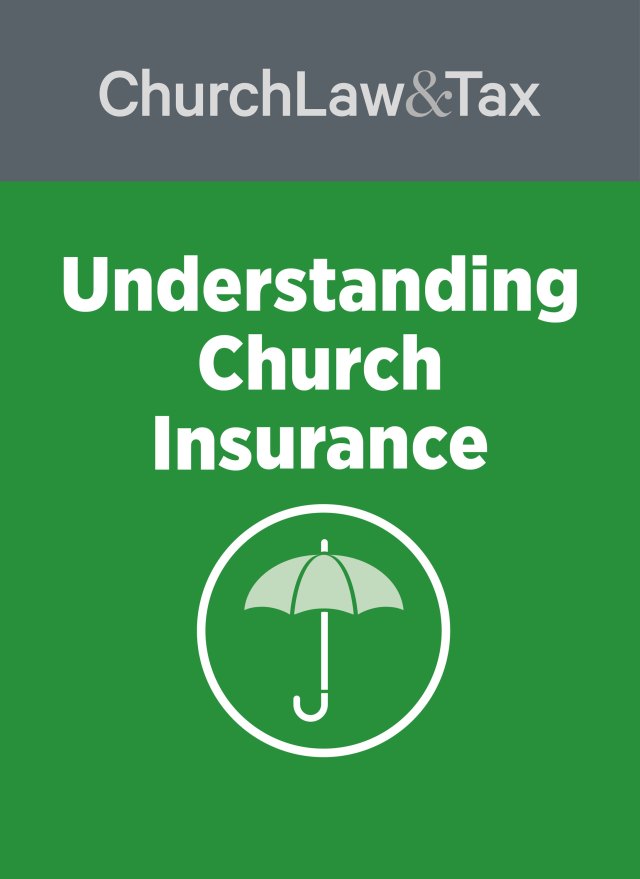Key point. The federal Religious Land Use and Institutionalized Persons Act prohibits state and local governments from imposing a land use regulation in a manner that imposes a substantial burden on the exercise of religion unless the regulation is in furtherance of a compelling governmental interest and is the least restrictive means of furthering that compelling governmental interest.
* An Oregon court ruled that a county did not violate RLUIPA by denying a church permission to construct a parochial school on its premises. A Baptist church was founded in 2001. The church used a converted single-family dwelling for its offices and for small meetings and rented space in the local high school and in other churches for Sunday and midweek services. In 2005, the church began operating a school for the congregation’s children in a separate leased facility; the school had 19 students.
In 2004, the church purchased seven acres of property for $500,000. The property is zoned AF-5 (Agriculture-Forest, 5-acre minimum lot size). The following year the church sought approval to build a 20,000-square-foot, single-story building that would serve as a combined church sanctuary, day care facility, and school. The church represented that the school would serve 50 children from kindergarten through grade 12, would have five staff members, would be housed in a large multipurpose room within the proposed church building, and would operate from Monday through Friday, from 8:00 a.m. to 4:00 p.m. A county zoning board (the “county”) recommended approval of special uses of the property for a church and a day care facility. However, it recommended denial of the school use since the students did not come predominantly from rural areas as required by the zoning ordinance. The county concluded that its decision did not violate the Religious Land Use and Institutionalized Persons Act (RLUIPA) since it did not impose a “substantial burden” on the church’s religious practice. The county based this conclusion on the fact that the church had not made a “sufficiently diligent effort” to locate suitable property within the area where school use would be permitted. The county also concluded that the church failed to show that operating the school on a site separate from the church imposed a substantial burden on its religious practice, because evidence in the record showed that the church and the school currently were operating in separate locations.
The church appealed, claiming that the county’s refusal to allow the school violated RLUIPA, which provides: “No government shall impose or implement a land use regulation in a manner that imposes a substantial burden on the religious exercise of a … religious assembly or institution, unless the government demonstrates that imposition of the burden … (A) is in furtherance of a compelling governmental interest; and (B) is the least restrictive means of furthering that compelling governmental interest.”
“Substantial burden on religious exercise”
The court concluded that the central question was whether the county’s refusal to allow the church to use its property for school purposes imposed a “substantial burden on religious exercise.” It reviewed several of the leading definitions of “substantial burden,” and concluded that the courts have reached two conclusions: “On the one hand, courts routinely find substantial burdens where compliance with a statute itself violates the individual’s religious beliefs and noncompliance may subject him or her to criminal sanctions or the loss of a significant government privilege or benefit. On the other hand, courts often have been more reluctant to find a violation where compliance with the challenged regulation makes the practice of one’s religion more difficult or expensive, but the regulation is not inherently inconsistent with the litigant’s beliefs.” The court summarized several prior cases defining this important term in the context of zoning laws:
- Westchester Day v. Village of Mamaroneck, 386 F.3d 183 (2d Cir. 2004). A religiously affiliated school challenged, on RLUIPA grounds, a city’s denial of a permit that would allow the school to construct a new building and renovate others. A federal appeals court found that the denial did not create a substantial burden on the school’s religious exercise because the village “did not purport to pronounce the death knell of the school’s proposed renovations in their entirety, but rather to deny only the application submitted, leaving open the possibility that a modification of the proposal, coupled with the submission of satisfactory data found to have been lacking in the earlier proceedings, would result in approval.” The court conceded that the denial of a specific proposal may constitute a substantial burden when curing the problems that formed the basis for the denial “would impose so great an economic burden as to make amendment unworkable,” or when the cure itself directly affected religious exercise. However, the court found that in that case a mere denial, without more, did not constitute a substantial burden.
- Corporation of Presiding Bishop v. City of West Linn, 111 P.3d 1123 (Ore. 2005). The Oregon Supreme Court ruled that “a government regulation imposes a substantial burden on religious exercise only if it pressures or forces a choice between following religious precepts and forfeiting certain benefits, on the one hand, and abandoning one or more of those precepts in order to obtain the benefits, on the other. The court determined that further applications for special use permits were not foreclosed but were, indeed, encouraged by the city. However, the court’s formulation of the substantial burden standard suggests that, at the least, it would require a church to demonstrate that it could not reasonably locate and acquire an alternative site for its desired uses.
- Lakewood, Ohio Cong. of Jehovah’s Witnesses, Inc. v. City of Lakewood, 699 F.2d 303, 306 (6th Cir. 1983). A federal appeals court addressed a congregation’s challenge to its city’s comprehensive zoning plan, which prohibited the congregation from constructing a place of worship on land owned by the congregation. Under the zoning plan, only 10 percent of the city’s property was designated as land on which a church could be built. The court observed that the zoning ordinance did not prohibit the congregation, or any other faith, from worshiping in the city altogether. The congregation remained free to practice its faith through worship “whether the worship be in homes, schools, other churches, or meeting halls throughout the city.” The court also rejected the congregation’s claim that the zoning ordinance imposed a substantial burden because land in commercial zoning districts (in which churches were permitted uses) was more expensive and less conducive to worship than the lot owned by the church. Although the “lots available to the congregation may not meet its budget or satisfy its tastes,” the court held that the First Amendment “does not require the city to make all land or even the cheapest or most beautiful land available to churches.” The court summarized its conclusion that the zoning ordinance did not impose a substantial burden on the congregation’s free exercise by stating: “[The ordinance] does not pressure the congregation to abandon its religious beliefs through financial or criminal penalties. Neither does the ordinance tax the congregation’s exercise of its religion. Despite the ordinance’s financial and aesthetical imposition on the congregation, we hold that the congregation’s freedom of religion … has not been infringed.”
- Christian Methodist Episcopal Church v. Montgomery, 2007 WL 172496 (D.S.C. 2007). A federal court in South Carolina held that a municipal zoning ordinance that required a property owner or its tenant assignee to apply for a special land use approval did not impose a substantial burden under RLUIPA. In reaching its conclusion, the court relied on a Fourth Circuit decision that was decided under the First Amendment before the passage of RLUIPA. Christ College, Inc. v. Board of Supervisors, 944 F.2d 901 (4th Cir. 1991). The court in the Christ College case acknowledged that the county zoning laws made it more difficult for a religious college “to be located on the property of its choice; however the fact that local regulations limit the geographical options of a religious school … does not prove that any party’s right to free exercise is thereby burdened. There must at least be some nexus between the government regulation (here, a zoning law) and impairment of ability to carry out a religious mission. It is not enough that an entity conducting a religious program of mission would prefer to be located on residential property. That preference must be linked to religious imperative. No such link was proven here and the court was correct in concluding the zoning regulations did not burden appellants’ free exercise of religion.”
- Civil Lib. for Urban Believers v. City of Chicago, 342 F.3d 752, 761 (7th Cir. 2003). An association of area churches challenged a city ordinance, alleging that it violated RLUIPA. The court decided that the plaintiffs had not met the requirement of showing a substantial burden and held that a regulation must bear “direct, primary, and fundamental responsibility for rendering religious exercise … effectively impracticable” in order to impose a substantial burden.
- Petra Presbyterian Church v. Village of Northbrook, 409 F.Supp.2d 1001 (N.D. Ill. 2006). A church was not permitted to open in an industrial area because that was prohibited by the zoning laws of the city. The church sued the city under RLUIPA. A federal district court in Illinois, in concluding that the city had not violated RLUIPA, noted that the church had failed to “account for other areas [in the city] where churches are allowed,” including the “availability of land in … commercial districts where churches are allowed with a permit.”
- Lighthouse for Evangelism v. City of Long Branch, 406 F.Supp.2d 507 (D.N.J. 2005). A federal district court in New Jersey ruled that there is no substantial burden on religious exercise if a church is not completely excluded from a city and could have operated in other districts within the city by right, such as in a commercially zoned district.
The court concluded that the availability of other land in the area was a significant factor in determining whether a substantial burden exists. However, addressing this issue was difficult in this case because the church “made little effort to clearly define its property selection criteria or to explain how the failure to satisfy those criteria would require it to forgo its religious precepts.” For example, there was no evidence that, in the absence of access to particular property the church “would be required to forgo its religious precepts. Said another way, there was insufficient evidence that the church’s religious exercise would have been substantially burdened by buying one of the 29 properties on the market.”
The court acknowledged that requiring a church to find and purchase alternative property would constitute a substantial burden on religious exercise if doing so would create an “unreasonable economic burden.” It cited the following cases for this conclusion: (1) Living Water Church v. Charter Township, 384 F.Supp.2d 1123 (W.D. Mich. 2005) (substantial burden found where the church was “a small church with limited funds”); (2) Greater Bible Way Temple v. Jackson, 708 N.W.2d 756 (Mich. 2005) (substantial burden found where a church submitted evidence showing that it could not afford to purchase different property).
The court concluded that the church had taken the position that “the need to look for and acquire other property is itself a substantial burden, because such a search would be time consuming and costly.” The court rejected this argument since there was no evidence that “a reasonable search and acquisition would have required the interruption or cessation of the church’s present activities; it merely would have required a delay and some unknown expense.”
The court concluded, “Because the church failed to demonstrate that upholding the county’s land use decision would force it to forgo its religious precepts, we conclude that it failed to show that the county has imposed a substantial burden under RLUIPA.”
Application. In many communities churches are required to obtain a special use permit in order to purchase and use property for religious purposes. When a local zoning board denies a church’s request for a special use permit, the church may be able to challenge the denial on the basis of RLUIPA if it is able to demonstrate that the denial imposed a substantial burden on its religious exercise that was not justified by a compelling governmental interest. In such cases, the key question often is whether the burden on the church’s religious exercise was “substantial.” This case contains an extensive discussion of this important issue. Note the following points:
1. This case represents a narrow interpretation of RLUIPA’s protections. The court relied on several cases for the proposition that zoning ordinances that restrict a church’s use of property do not violate RLUIPA if the church could reasonably locate and acquire an alternative site for its desired purposes. The court noted, for example, that there were 29 other properties available for sale that could have served as a location for the church’s school.
2. The court acknowledged that requiring a church to find and purchase alternative property would constitute a substantial burden on religious exercise if doing so would create an “unreasonable economic burden.”
3. The court stressed that the church “made little effort to clearly define its property selection criteria or to explain how the failure to satisfy those criteria would require it to forgo its religious precepts.” In other words, the church’s legal position would have been strengthened had it presented evidence that the county’s actions forced it to “forgo its religious precepts.”
4. One judge dissented from the court’s ruling. The dissenting judge argued that the county violated RLUIPA since the church was being “pressured” to give up the church and day care facility on the property it owns, or “abandon its religious precept of operating a church and religious school on the same property.” Timberline Baptist Church v. Washington County, 154 P.3d 759 (Ore. App. 2007).



